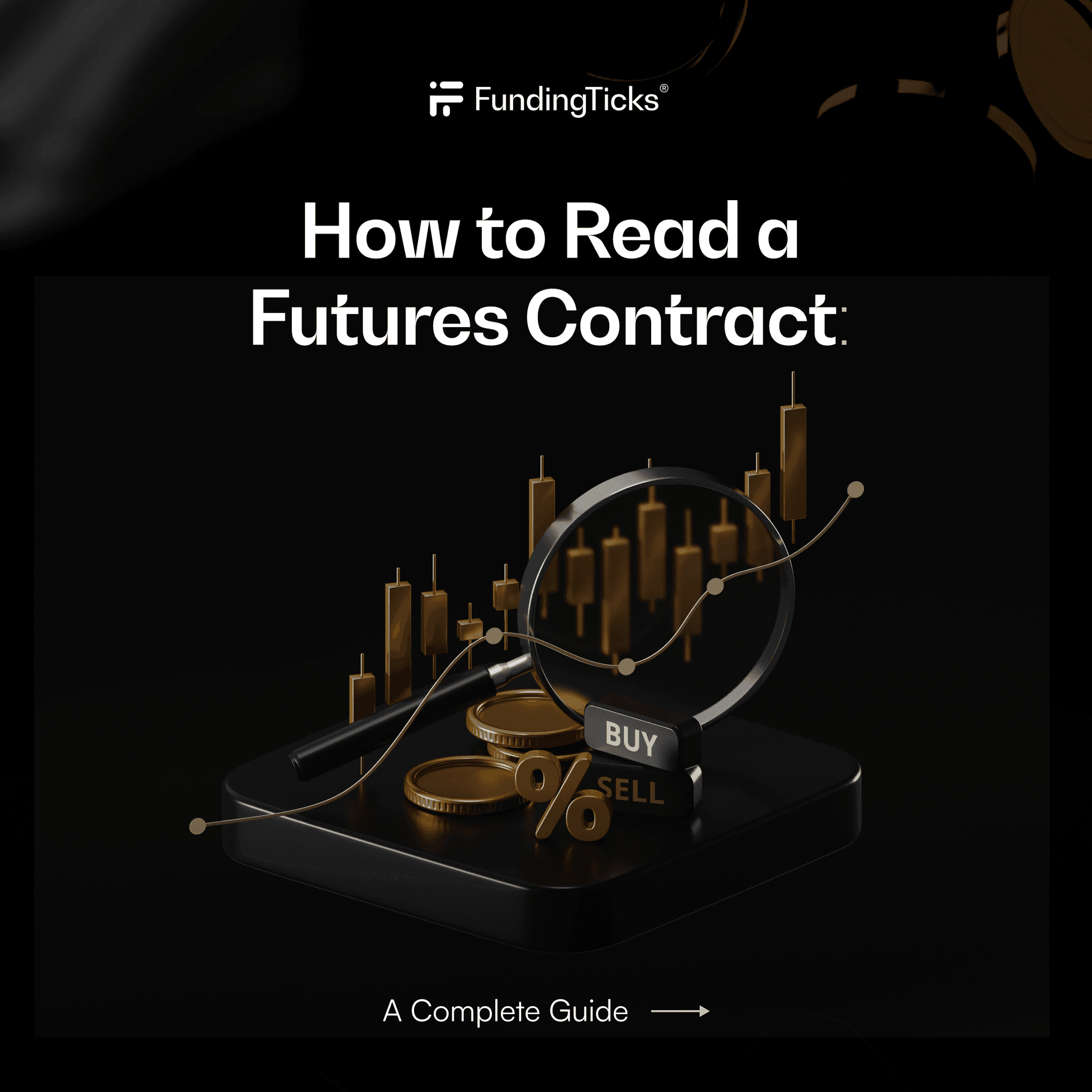Currency Futures vs. Spot Forex in Prop Trading: Which One Should You Choose?
7/22/2025, 8:35:21 AM
Discover the strengths of spot forex and currency futures for prop trading. Compare volatility, spreads, and liquidity to find your best choice.
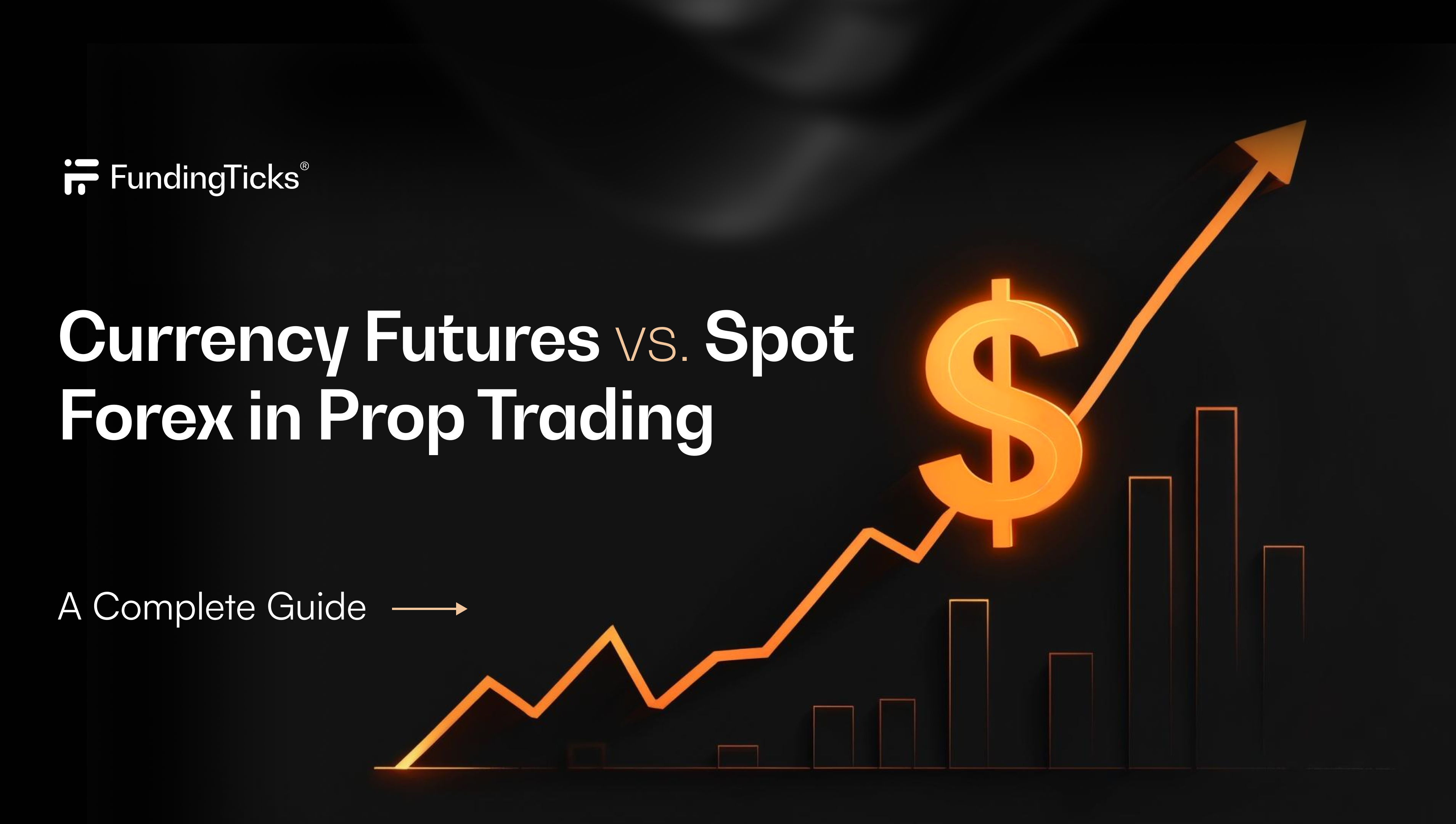
Prop firms have built a mutually beneficial model where traders access the firm's resources in return for sharing a percentage of their profit. However, these firms put traders in a difficult position regarding currency trading, where they have to decide between spot forex or currency futures. Both markets are great, but they operate on distinct structures and cost plans.
For traders, selecting the trading instrument is a very crucial step. This is the reason behind prop traders blowing their accounts.
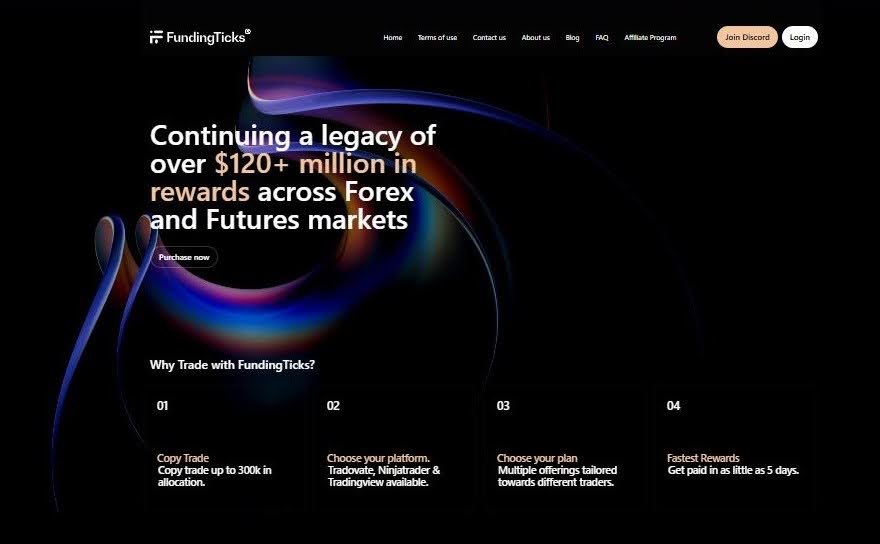
Excited to begin your prop trading journey? At FundingTicks, you can access top-of-the-line prop firms and benefit from futures and forex trading prospects.
Understanding the Basics
Even though both currency futures and spot forex are built to reward traders, they
each run in distinctive ways. To ensure you select the right trading instrument, it is essential to understand both markets first.
What is Spot Forex?
Spot forex refers to one of the largest financial markets globally, with a daily trading volume exceeding $7 trillion. To trade in spot forex, you have to trade currencies in pairs. The spot represents instant currency delivery. However, many traders avoid requesting actual currency to be delivered. Also, it takes two business days to process the transactions.
Spot forex functions on the over-the-counter (OTC) market.
Trading directly takes place using electronic networks.
It involves banks and financial institutions, etc.
The market is live every day, five days a week, globally.
High trading volume pairs include GBP/USD, EUR/USD, and USD/JPY.
Additionally, it also offers exotic currencies and minor pairs as needed.
What are Currency Futures?
Simply put, currency futures are standard contracts that require buyers to purchase a specified amount of the currency at a predetermined price on a future date. The currency futures contract is subject to specified conditions. These preset conditions include the contract size, termination dates, and increments. Although these conditions are designed to offer clarity, they lack flexibility, unlike spot forex.
They trade using regulated exchanges like CME and ICE.
They function during specific hours only.
Live only when trading is the most volatile.
Eliminates any market division and offers better prices, unlike spot forex.

Key Differences Between Currency Futures and Spot Forex
Both of these markets operate in different structures and environments. Each prioritizes specific strategies and the trader's level of expertise. Let’s dive in to see their key differences.
Market Structure and Regulation
Their regulatory environments create the defining difference between the markets.

This defining difference can cause traders to lose their accounts. Additionally, it can pose an issue in meeting regulatory reporting requirements. While futures trading offers transparency in execution, spot trading is more flexible in position sizing.
Trading Hours and Venues
The spot forex market operates five days a week, 24 hours a day.
This provides flexibility for traders who may want to react to global news events.
Currency futures have limited trading hours when the market is the most active.
This offers clear opening and closing times, which can be helpful for technical analysis.
Platform partners are employed to execute spot forex trades, which impacts both the speed of execution and the price value.
Centralized exchanges are used to execute currency futures trades, offering continuous execution.
Leverage and Margin
Both markets have different leverage and margin requirements.
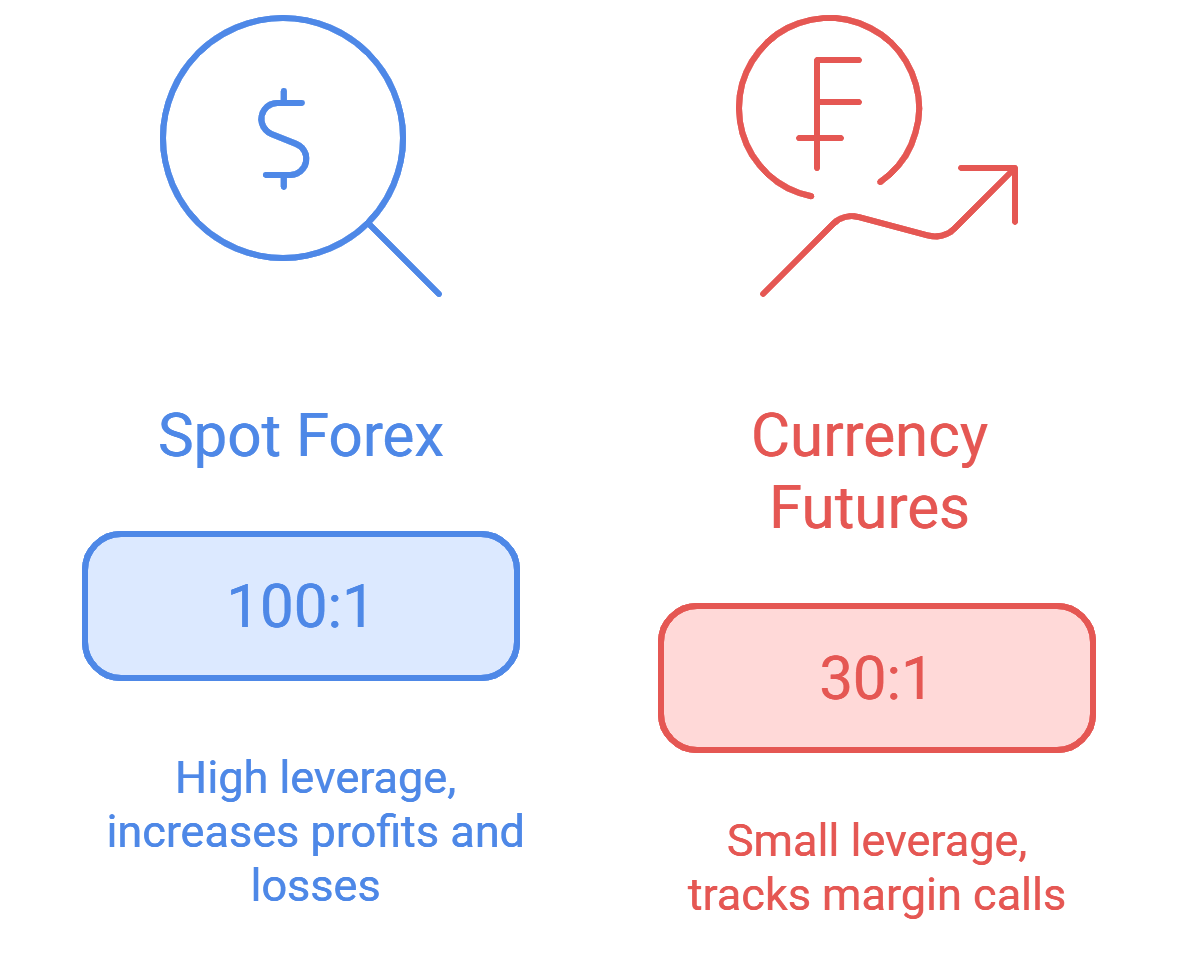
Margin calls impact the risk management and position sizing. Spot futures have consistent transparent margins, while currency futures margins fluctuate depending on news events and volatility.
Settlement and Contract Size
You can hold spot forex positions without a set expiry date. Whereas futures contracts can be held according to the set end dates, you will have to close or roll them over to another time. The contract sizes for spot forex are flexible with mini and micro lots. At the same time, currency futures have uniform contract sizes, which may require traders to get multiple contracts.
Volatility, Liquidity, and Spreads
For both spot forex and currency trading, understanding how these elements impact your trades is crucial for efficient trading.
Type | Spot forex | Currency forex |
Volatility | Prices may vary, especially during news events or weekends. Spreads may widen. | Since they are listed on an exchange, they give more stability. |
Liquidity | For major pairs, it offers constant and deep liquidity. | For major pairs, offer strong liquidity during peak hours and thinner liquidity during off-peak hours. Key tip: Use centralized exchanges for more depth. |
Spreads | Variable spreads combined with tightened liquidity. | Tighters spread and fixed commissions. |
Which Is Better for Prop Traders?
For every trading style and strategy, there is a different approach. Different approaches bear different results. The key is to learn about these approaches for improved results.
Analysis Based on Trading Style
If you want to ace your trading game, you have to choose the strategy that suits your trading style the best. In the trading game, time also plays a crucial role. Scalpers prefer spot forex, while swingers opt for currency futures.

Institutional Access and Tools
To select the right prop firm according to your trading style, it's essential to understand a prop firm's technical infrastructure first. Some are great in spot forex, while others are more efficient in currency forex.

Compliance and Transparency
Compliance is a very important factor in selecting the right market for you. Currency futures provide ease to traders in terms of compliance and transparency. Since spot forex is subject to regional regulation, traders may encounter difficulties with compliance. However, many prop firms have addressed these challenges by creating efficient systems that meet global regulatory requirements.
Real-World Examples
It is essential to understand how both markets operate within prop trading firms to understand their actual implementation and use.
How Top Prop Firms Use Both Markets
The top prop firms have independent desks for both spot forex and currency futures. The firms capitalize on the strengths and value provided by each market.
For short-term positions, spot forex is an ideal choice. Also, it is open 24 hours a day.
For long-term positions, currency futures are the best option.
To get the best results, play to the strengths of each firm. In spot forex, opt for scalping, and in currency futures, hold positions.
The most seasoned traders study both markets and select their approach based on factors like strategies and opportunities.
What Does the Performance Analysis Suggest?
According to the performance analysis, to succeed in either market, the trader must be efficient.
Spot forex favors a flexible trading approach.
Currency futures favor a transparent and uniform approach.
By selecting the right strategy and market approach, traders can achieve success.
Comparison
Both currency forex and spot forex have their advantages and disadvantages. However, when applied with the right strategy, they can generate good profits. They can be used separately or in a hybrid manner, depending on market conditions and trader requirements.
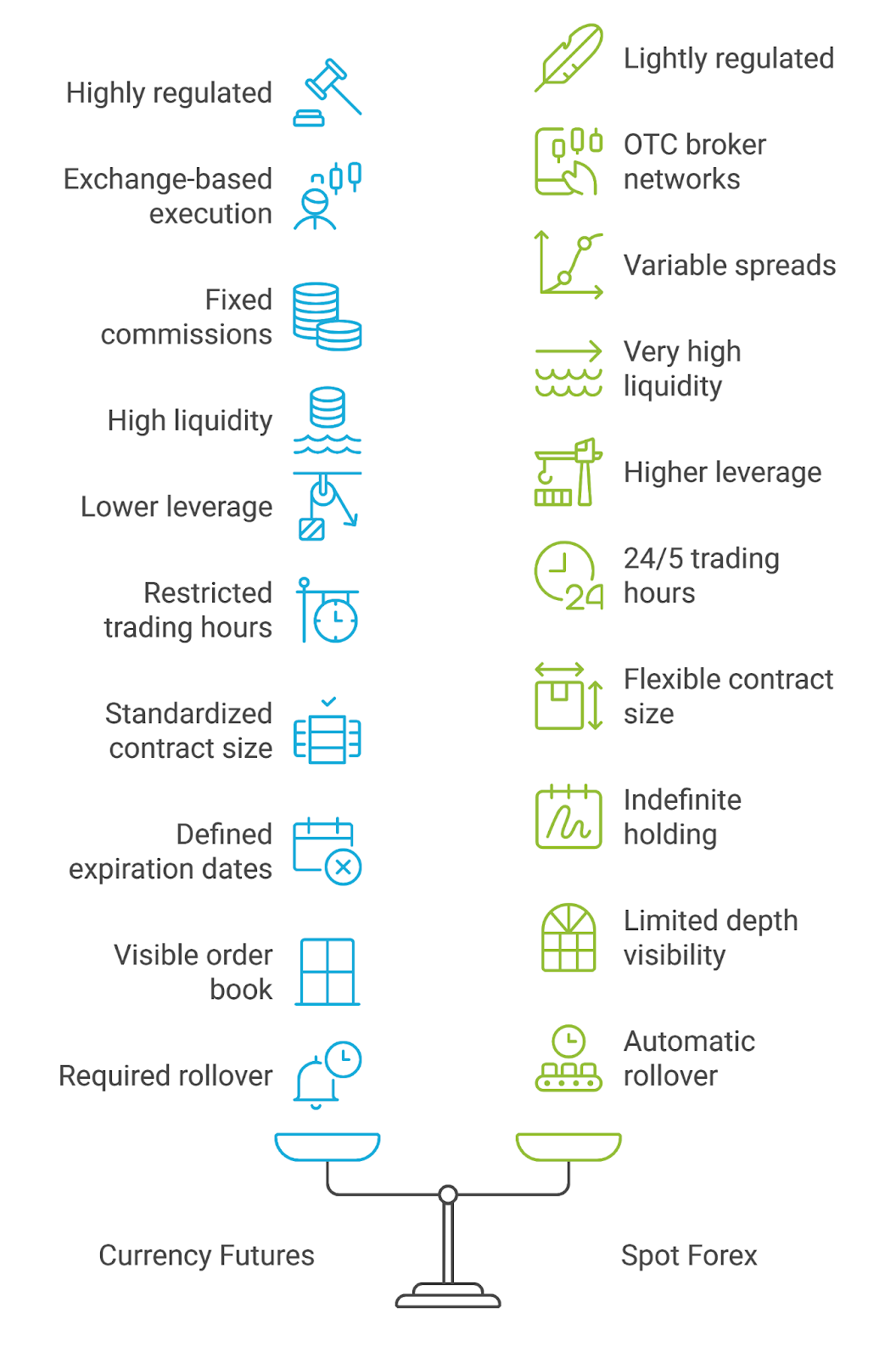
Conclusion
Both currency futures and spot forex can lead to profits if combined with the right approach. However, the market you choose depends on your trading preferences, trading strategy, and risk tolerance. If you prefer flexibility and 24-hour market access, then spot forex could be your best choice. If you like transparency and a rules-based approach, then currency futures are your ideal option.
To advance in your prop trading journey, join FundingTicks, where you get access to both markets under professional guidance and support.
